
POLY
PLATA
Colloidal silver based biostimulants, fertilizers and pesticides
Mechanism of action
of colloidal silver
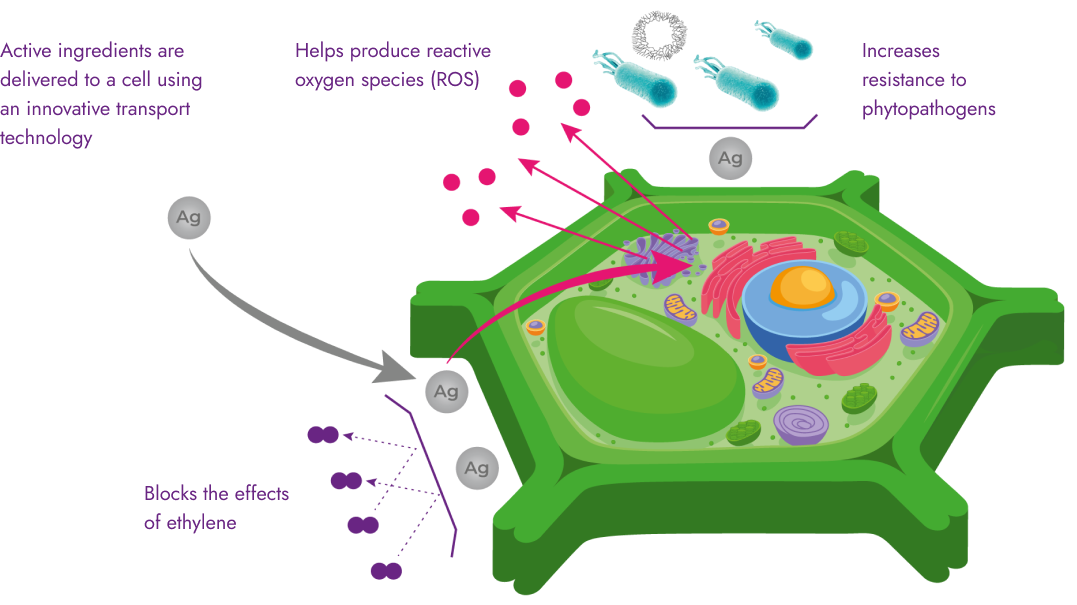

Colloidal silver based biostimulants, fertilizers and pesticides
Mechanism of action
of colloidal silver

Colloidal silver products developed by our team include colloidal silver particles modified in such a way that it only requires a minimum amount of particles to bind to a cell surface for the cells to produce the exact number of reactive oxygen species (ROS) needed at this particular moment.
Innovative technology of active ingredients delivery to a cell

As an elicitor – a compound that, in small concentrations, can trigger defense mechanisms of a plant – colloidal silver binds to a cell surface, accelerating production of reactive oxygen species (ROS) and initiating a signaling cascade which helps activate systemic acquired resistance (SAR). Due to systemic acquired resistance (SAR), plants can successfully complete their life cycle even when in contact with phytopathogens or under abiotic stress conditions. With SAR being non-specific in terms of pathogens or stresses, colloidal silver products that activate systemic acquired resistance are capable of protecting crops from a wide range of diseases in different climate zones.
As an integral part of the non-specific immune system of a plant, reactive oxygen species (ROS) help activate systemic acquired resistance (SAR) as well as eliminate agents of fungal and bacterial diseases directly.
Due to relatively small application rates, the absence of residue in foods and the ability of colloidal silver products to successfully protect plants from diseases even without direct bactericidal or fungicidal activity, products containing colloidal silver particles are both economically efficient and totally eco-friendly and can be used to grow crops of high quality without any damage to the environment.

Colloidal silver particles reduce plant sensitivity to ethylene, the hormone regulating the process of aging, by replacing copper ions with silver ions in ethylene receptors. This helps prevent premature aging of plants and leads to improved productivity and a better response to abiotic stress conditions due to ethylene regulating both.
Colloidal silver particles increase the concentration of auxin, the growth hormone, in plant tissues by inhibiting enzymes responsible for its oxidation. This leads to formation of a strong root system and better plant growth and development.
Reduced ethylene sensitivity + ROS




Abiotic stresses (drought, freeze)
Herbicide treatment
Phytopathogens (fungi, bacteria)

Colloidal silver products can be combined with modern systemic fungicides for a synergistic effect which allows the farmer to apply 60% of the original plant protection products volume while maintaining the same level of quality of crops.
Colloidal silver does not irritate skin or mucous membranes
Colloidal silver has no sensitizing effect
Colloidal silver has no mutagenic effect and is non-carcinogenic
Colloidal silver is a low-hazard substance with respect to mammals, birds, bees and worms according to the results of the ecotoxicological studies by CENTRO TOXICOLÓGICO S.A.C., CETOX (Peru)
No residue detected. Colloidal silver products do not remain on or in crops after application according to data obtained using modern analytical methods
More than 50 g/ha of silver is always present in soil. Application rate of colloidal silver based products is always incomparably lower than the natural amount of silver in a fertile soil layer. Colloidal silver is adsorbed by clay and humic soil components and inactivated with no harm to microbiocenosis of rhizosphere
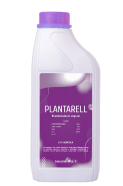
Ag content:
500 mg/L
Effects:
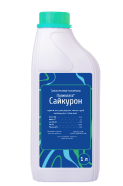
Ag content:
500 – 3 000 mg/L
Effects:
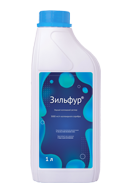
Ag content:
3 000 mg/L
Effects:
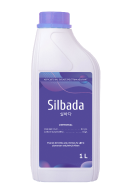
Ag content:
500 – 3 000 mg/L
Effects:

Colloidal silver products have a similar effect on most higher plants’ enzymes and hormones, resulting in a significant yield increase when applied to a wide range of crops.

Wheat
7–22%


Soybean
12–25%

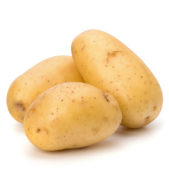
Potato
16–32%

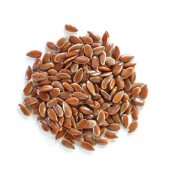
Flax
12–29%


Barley
10–16%

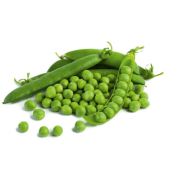
Pea
12–18%


Vegetables
12–31%


Cherry, peach
10–21%

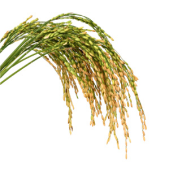
Rice
11–28%

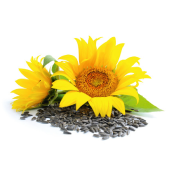
Sunflower
10–32%

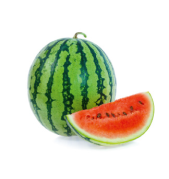
Gourds
13–21%

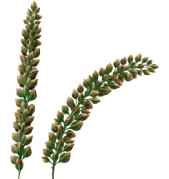
Buckwheat
12–33%

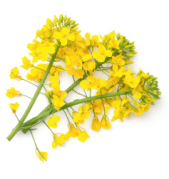
Rapeseed
10–25%

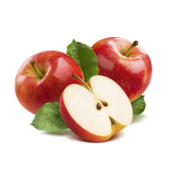
Apple
15–30%


Corn
9–24%

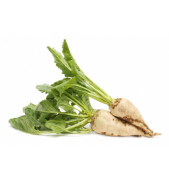
Sugar beet
8–23%

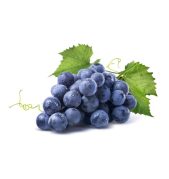
Grape
11–32%

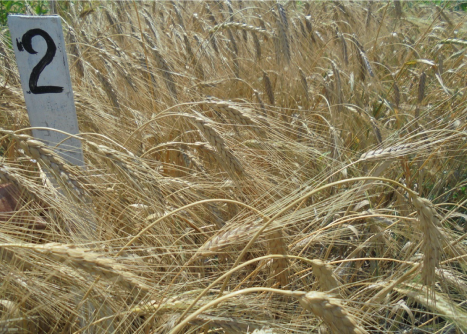
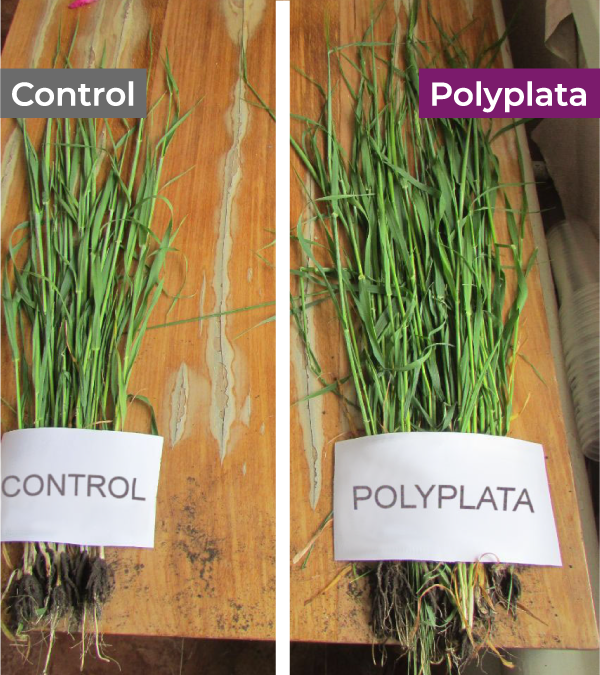
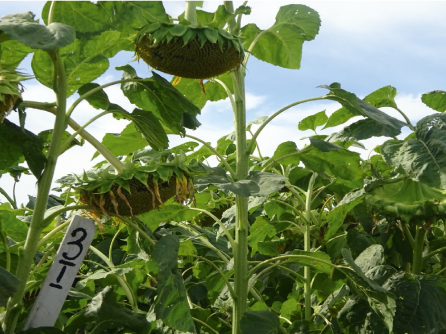

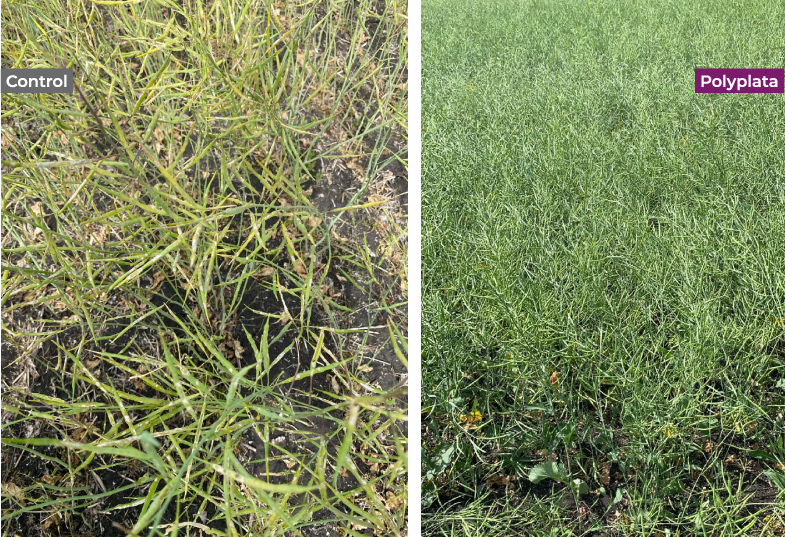
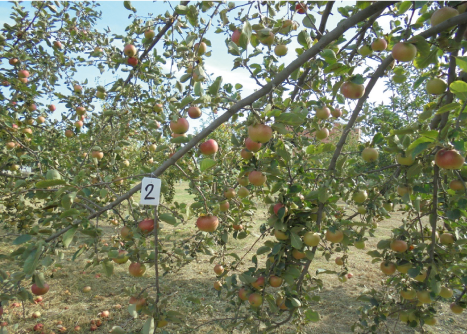

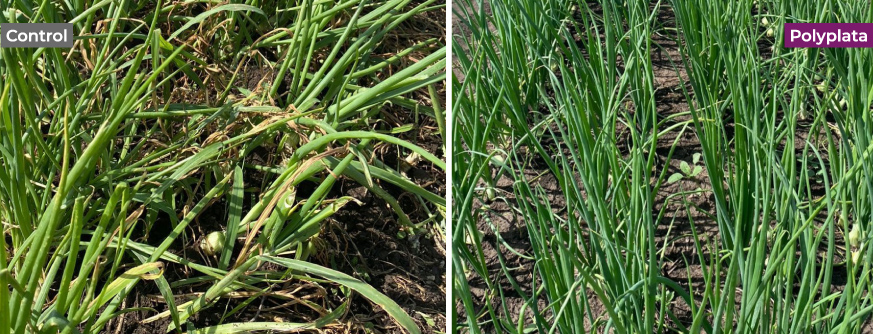
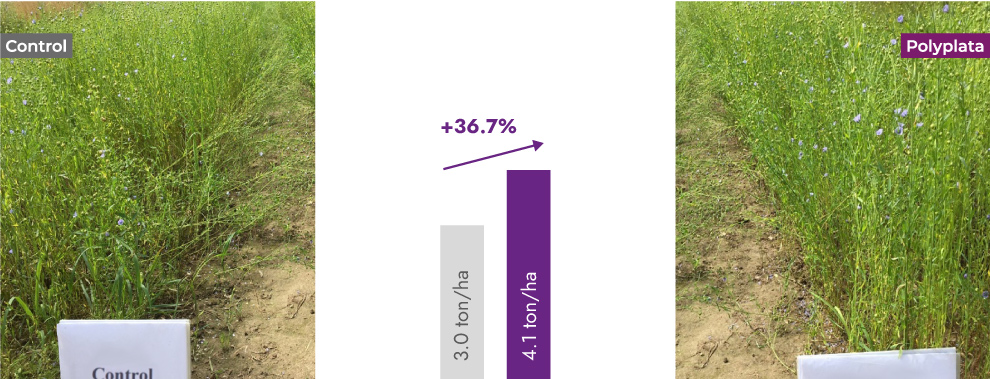


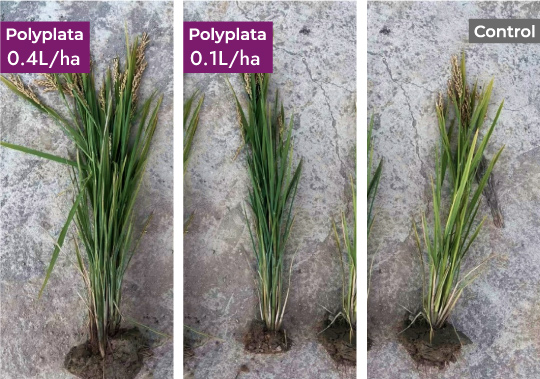
Grain number per panicle (GNPP) increase
5.2% (0.1 L/ha) | 10.4% (0.4 L/ha)
Grain weight increase
2.0% (0.1 L/ha) | 2.3% (0.4 L/ha)
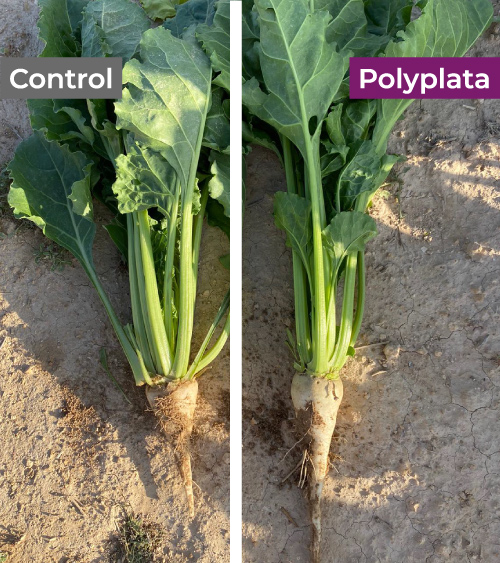
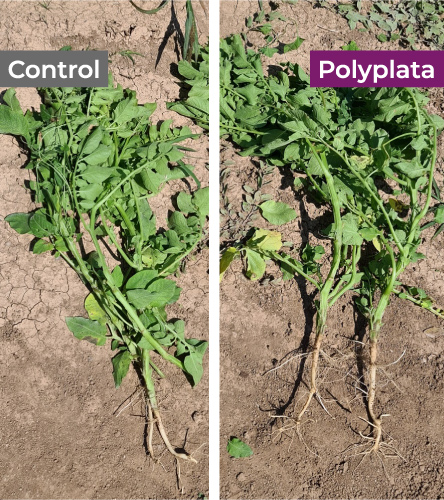
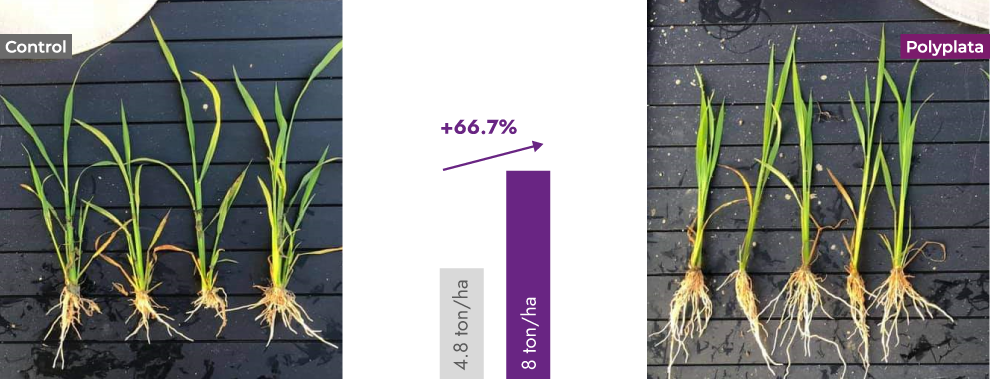
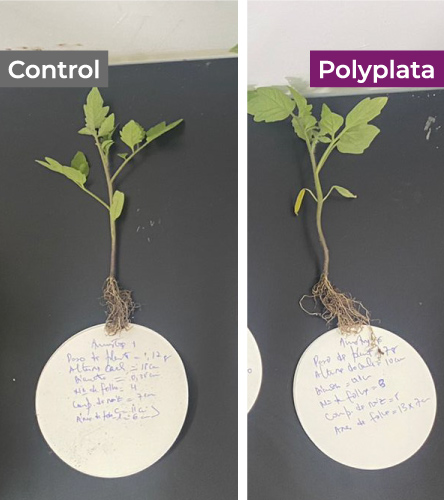
Root elongation 15.4%
Stem height increase 10.4%
Leaf area increase 19.2%
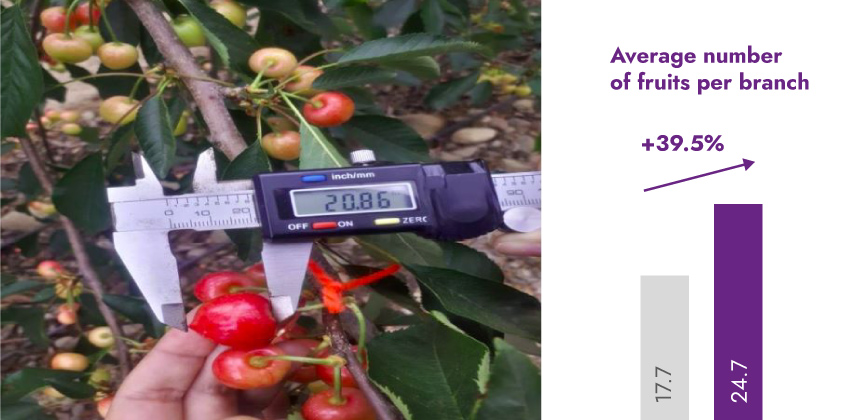

Side shoots number increase 28.1%
Fruits number increase 70.2%
Shoots length increase 12.1%
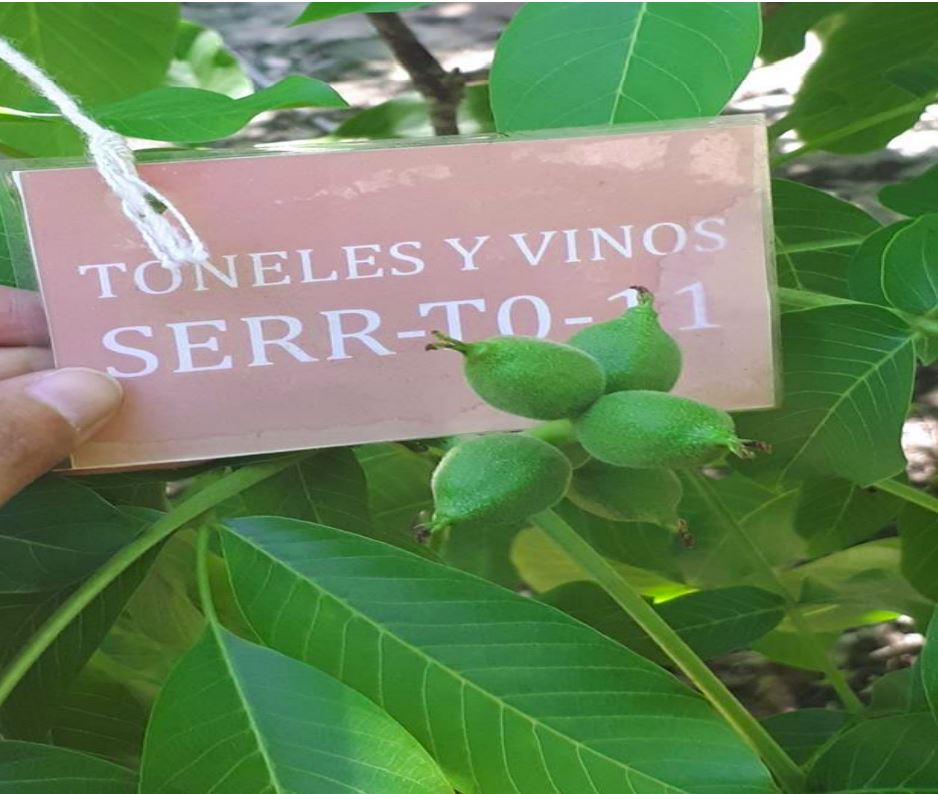
Side shoots number increase 20.7%
Fruits number increase 34.9%
Shoots length increase 7.7%
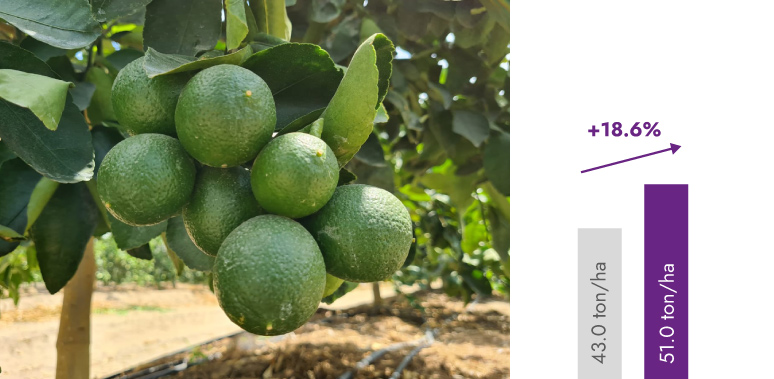
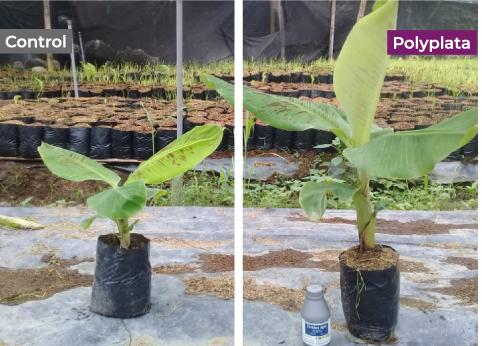
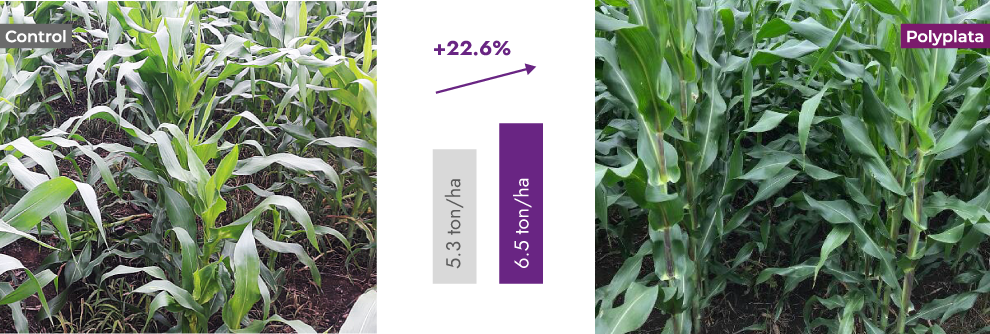



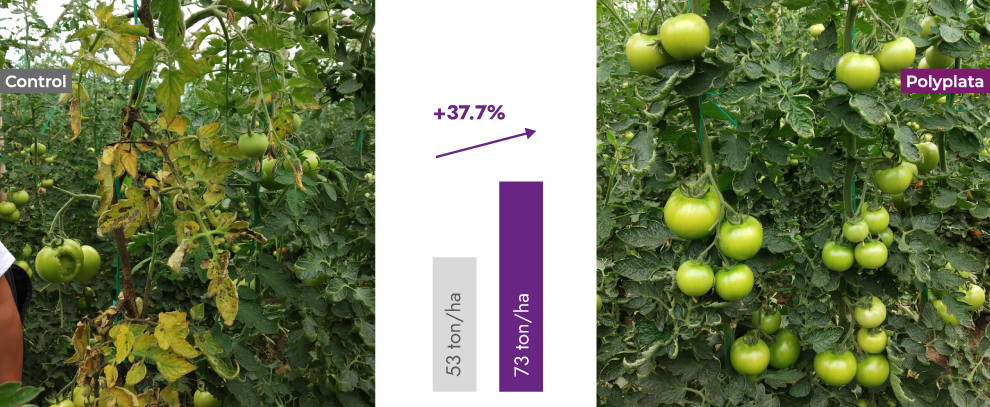
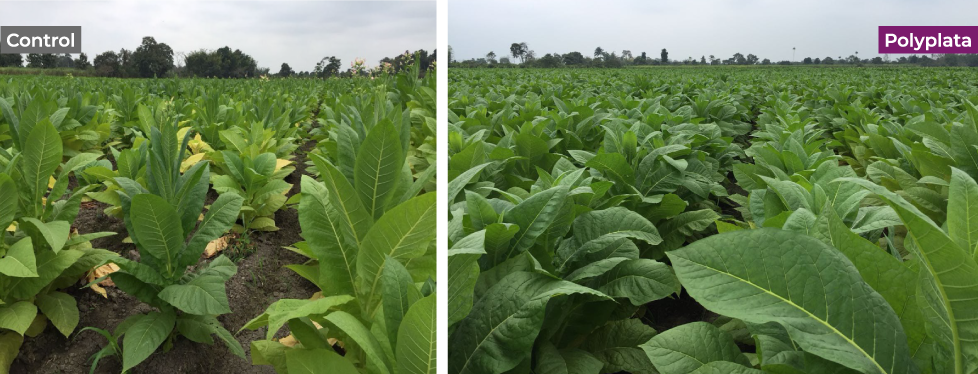
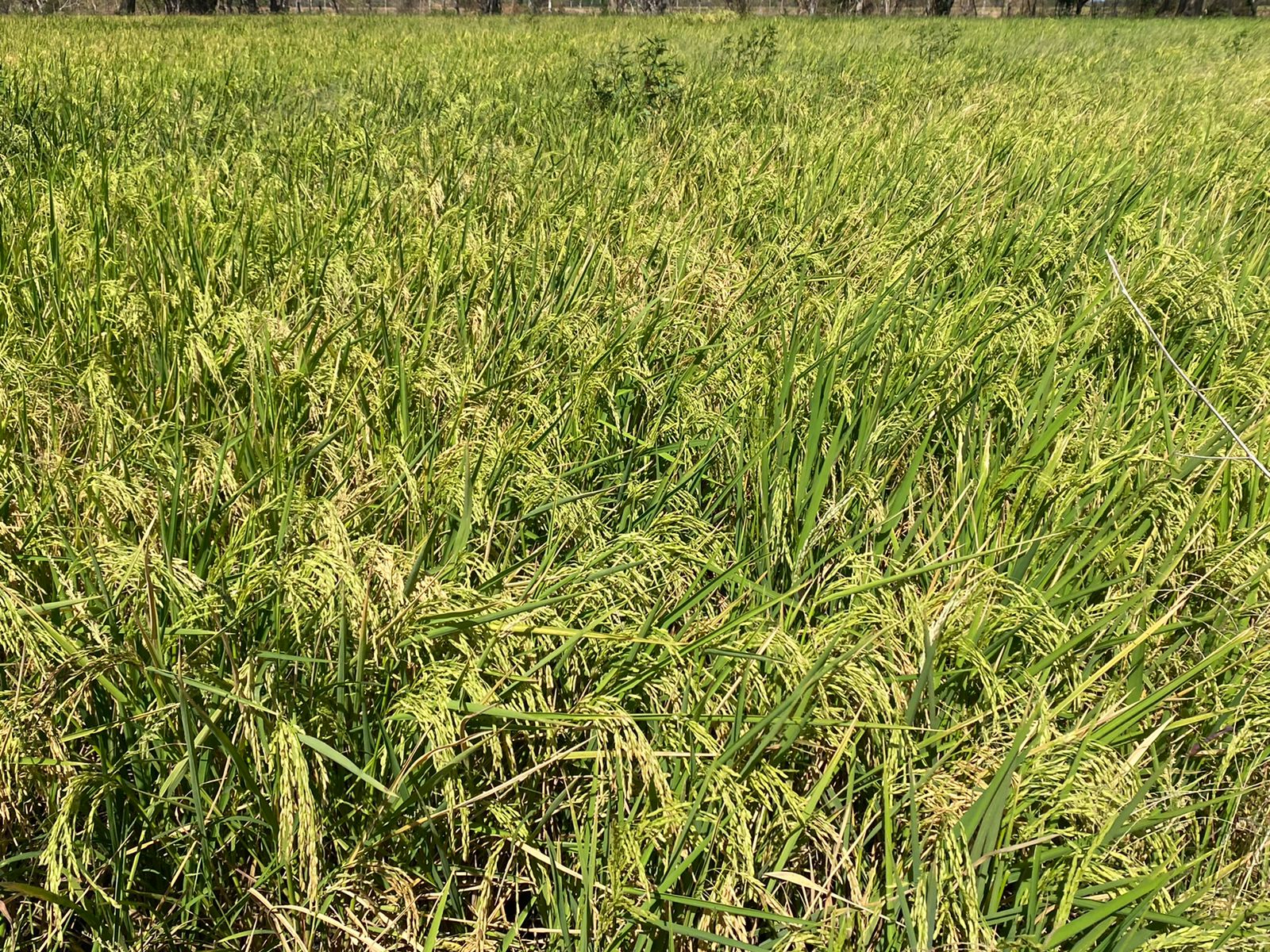
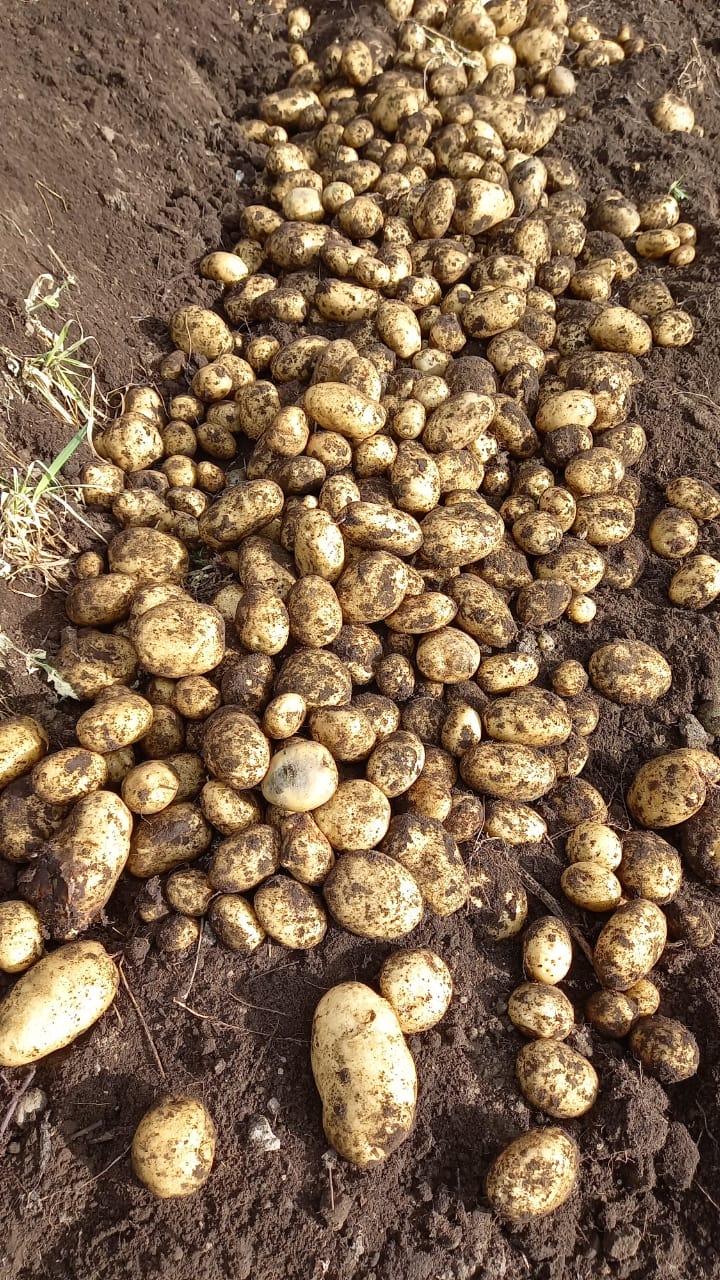

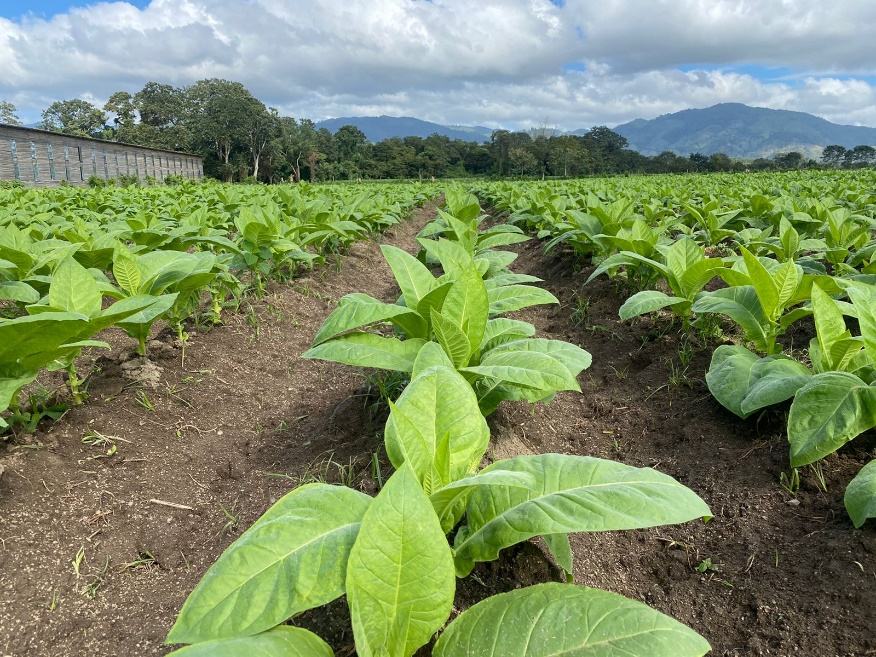

Stem diameter increase 8.5%
Plant height increase 10.9%
Application results
Plant protection



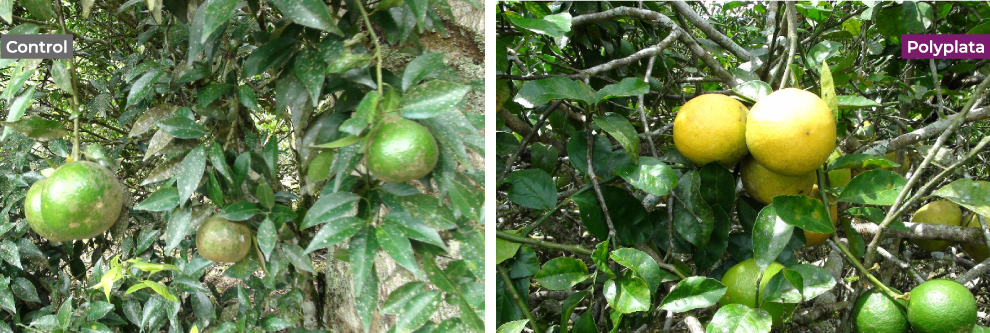
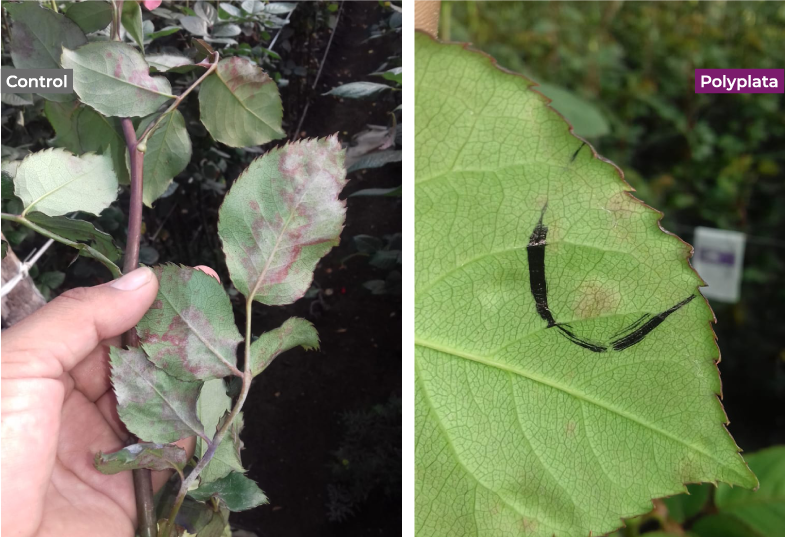

Please contact us for partnership and business opportunities at mail@polyplata.com